To meet the increasing demand for healthcare services amid a labor shortage and rapidly aging population, Shanghai-based Fourier Intelligence is developing a humanoid robot to assist in healthcare facilities and provide crucial support for the elderly.
Like many countries, China is facing the challenge of an aging population. According to estimates from the National Health Commission of China, the number of people aged 60 and older is projected to rise from 280 million to over 400 million by 2035—an amount that actually exceeds the entire projected population of the United States in 2035. By 2040, nearly 30% of China’s population will be aged 60 and above.
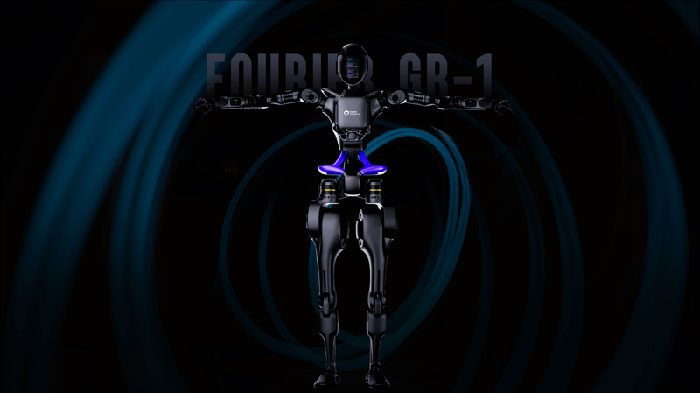
In China, the number of people aged 60 and older is expected to increase from 280 million to over 400 million by 2035, according to the country’s National Health Commission. In the not-so-distant future, many countries may lack sufficient working-age individuals to provide care for the elderly and severely injured patients.
This significant demographic shift marks a critical turning point for China, as the country will no longer possess its previous advantage of a young and abundant labor force. Instead, it will face numerous challenges in providing comprehensive care for its rapidly aging population.
It is precisely due to this urgent need and to address the labor shortage while ensuring adequate care for the elderly that the GR-1 (a robot developed by Shanghai’s Fourier Intelligence) has been created.

GR-1 is set to become the world’s first mass-produced humanoid robot. The height of GR-1 is 165 cm with a weight of 55 kg, and its maximum walking speed is 5 km/h.
Robot GR-1 stands at 1.64 meters tall, weighs 55 kg, and features a range of human-like abilities, including walking, obstacle avoidance, and performing everyday physical tasks like lifting objects. With an emphasis on versatility, GR-1 can also assist in transferring patients from beds to wheelchairs—a vital function in healthcare facilities.
Zen Koh, CEO and co-founder of Fourier Intelligence, hopes that in the future, GR-1 will become an essential caregiver, therapeutic assistant, and companion for the elderly.
Koh emphasizes that GR-1 can be programmed to sit, stand, jump, and handle various utensils and tools, showcasing the robot’s adaptability. Engineers are actively exploring ways to enhance GR-1’s capabilities and ensure its seamless integration into healthcare facilities.
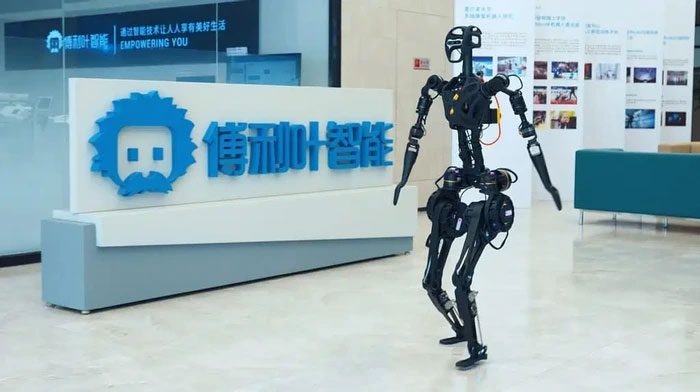
The Chinese company Fourier Intelligence plans to produce 100 multifunctional humanoid GR-1 robots by the end of 2023, promising that they could lift up to 50 kg, which is nearly equivalent to their own weight.
Fourier Intelligence has a solid history in manufacturing rehabilitation technology and exoskeletons, serving as a robust foundation for the development of GR-1. By combining rehabilitation knowledge with humanoid robotics, Fourier Intelligence aims to create a comprehensive solution that benefits patients across various healthcare needs.
Fourier Intelligence is integrating AI tools like ChatGPT into GR-1’s interaction capabilities to facilitate more human-like communication with individuals the robot collaborates with. Additionally, Fourier Intelligence is exploring various possibilities for using robots in areas such as disaster response and relief, elderly care, and household services.
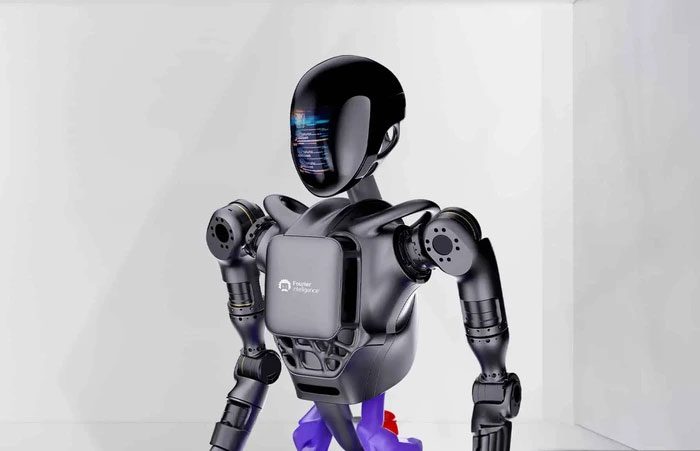
The robot maintains balance while walking and performing various tasks. It can be programmed to sit, stand, or jump, using dishes and various tools. This will help GR-1 function as a home assistant or rehabilitation assistant, as well as serve as a companion for elderly individuals living alone.
GR-1 was unveiled to the public at this week’s World AI Conference in Shanghai. However, it is not the only humanoid robot showcased there. At this event, Tesla also introduced its own humanoid robot prototype, cleverly named Optimus.
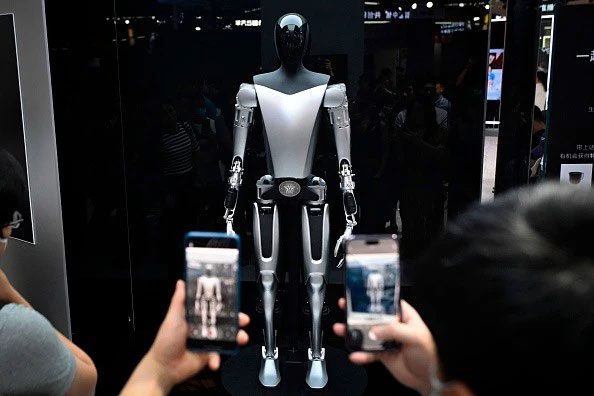
Tesla’s Optimus robot, standing approximately 1.73 meters tall and weighing 56.7 kg, will be equipped with the self-driving computer that the company uses in its electric vehicles, allowing it to recognize objects in the real world. Additionally, this robot will be outfitted with custom sensors and actuators.
Another notable robot is the X20, a four-legged machine designed for hazardous tasks such as detecting toxic gases. DEEP Robotics, the company behind X20, is also exploring applications in emergency rescue and fire detection, further extending the intervention capabilities of robots.
“Our wish is that by developing these applications for robots, we can free human labor from dangers,” said Qian Xiaoyu, marketing director of DEEP Robotics.
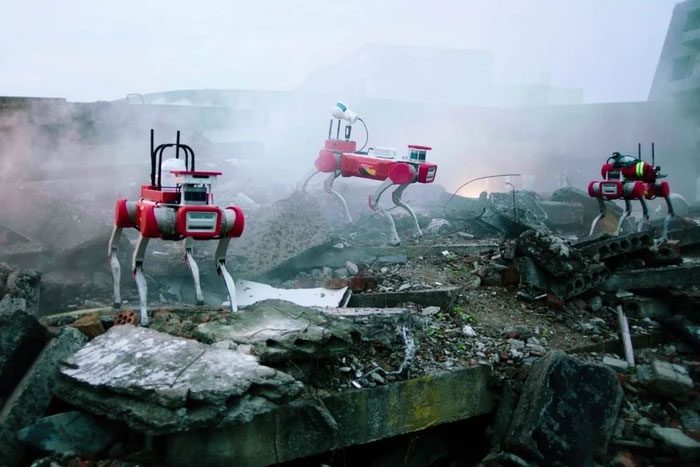
X20 can perform drone-assisted detection and rescue tasks in harsh conditions. It can navigate through debris, stairs, and other unstructured pathways, easily stepping over obstacles and climbing 20 cm high stairs, as well as ascending slopes of 35 degrees.


















































